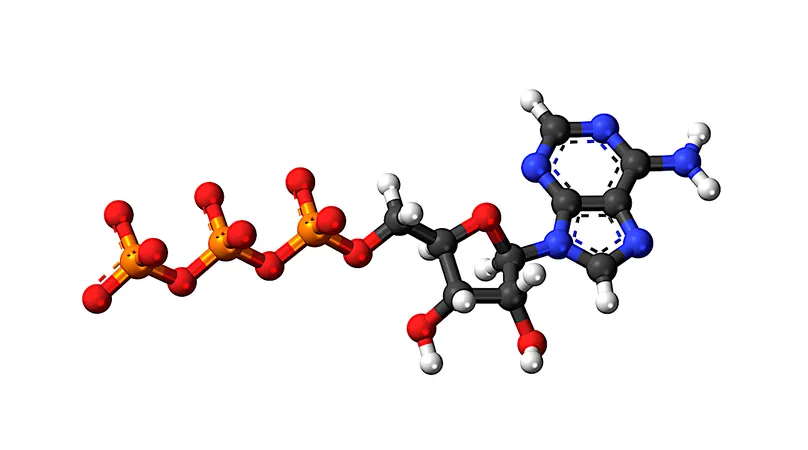
Revolutionary Method Could Predict Glioblastoma Recurrence with Precision
2025-09-17
Author: Wei Ling
Unraveling the Mystery of Glioblastoma
A groundbreaking study reveals a new method to pinpoint where glioblastoma, an aggressive form of brain cancer, is likely to reappear. Despite aggressive treatments like surgery and radiation, glioblastoma is notorious for its ability to hide cancer cells in surrounding tissues, making complete eradication nearly impossible and leaving patients with an average survival time of only 15 months.
The Challenge of Hidden Tumor Cells
Researchers are racing against time to enhance the detection of these elusive tumor cells. Jennifer Munson, a leading scientist at the Fralin Biomedical Research Institute at VTC, claims her team has developed a promising tool that could revolutionize glioblastoma management. This innovative approach combines magnetic resonance imaging (MRI) with an algorithm that predicts tumor recurrence based on fluid dynamics around the tumor.
A New Perspective on Fluid Dynamics
"If you can’t find the tumor cells, you can’t eliminate them, whether through surgery, radiation, or targeted drugs," Munson emphasizes. Traditional methods often miss out on deeper tissues where cancer cells might have infiltrated, depending mainly on surface scans and fluorescent dyes that lack depth.
Mapping the Flow of Hope
Munson's research focuses on interstitial fluid flow—the movement of fluid between cells—and how it behaves differently across various diseases. Her studies indicate that faster fluid movement correlates with areas of increased tumor invasion, while more erratic flow suggests less aggressive behavioral patterns from the cancer cells.
Visualizing Tumor Growth Pathways
Moreover, an innovative metric developed by Munson’s team can accurately forecast areas where invasive tumor cells are likely to reside. This fluid flow, akin to streams merging into rivers, maps out pathways that cancer cells follow, providing crucial information for surgeons.
A Game-Changer for Surgical Oncology
Munson believes this method could empower surgeons to adopt a more aggressive approach when necessary, targeting regions with a higher probability of tumor presence. "It allows us to provide detailed maps showing where cancer cell invasion is most probable, aiding in more precise surgical interventions," she adds.
Toward a Personalized Treatment Future
Supporting this research is Cairina, a spinoff company born to develop personalized cancer treatment strategies. Munson reveals, "Cairina aims to enhance surgical precision by offering probability maps indicating hotspots of cancer cell invasion, which would enable more tailored therapeutic approaches and protect healthy tissue during treatment."
Backed by Prominent Grants
This pioneering research is bolstered by financial backing from prestigious organizations, including the National Cancer Institute, the Red Gates Foundation, the American Cancer Society, and the National Institute of Neurological Disorders and Stroke.





 Brasil (PT)
Brasil (PT)
 Canada (EN)
Canada (EN)
 Chile (ES)
Chile (ES)
 Česko (CS)
Česko (CS)
 대한민국 (KO)
대한민국 (KO)
 España (ES)
España (ES)
 France (FR)
France (FR)
 Hong Kong (EN)
Hong Kong (EN)
 Italia (IT)
Italia (IT)
 日本 (JA)
日本 (JA)
 Magyarország (HU)
Magyarország (HU)
 Norge (NO)
Norge (NO)
 Polska (PL)
Polska (PL)
 Schweiz (DE)
Schweiz (DE)
 Singapore (EN)
Singapore (EN)
 Sverige (SV)
Sverige (SV)
 Suomi (FI)
Suomi (FI)
 Türkiye (TR)
Türkiye (TR)
 الإمارات العربية المتحدة (AR)
الإمارات العربية المتحدة (AR)